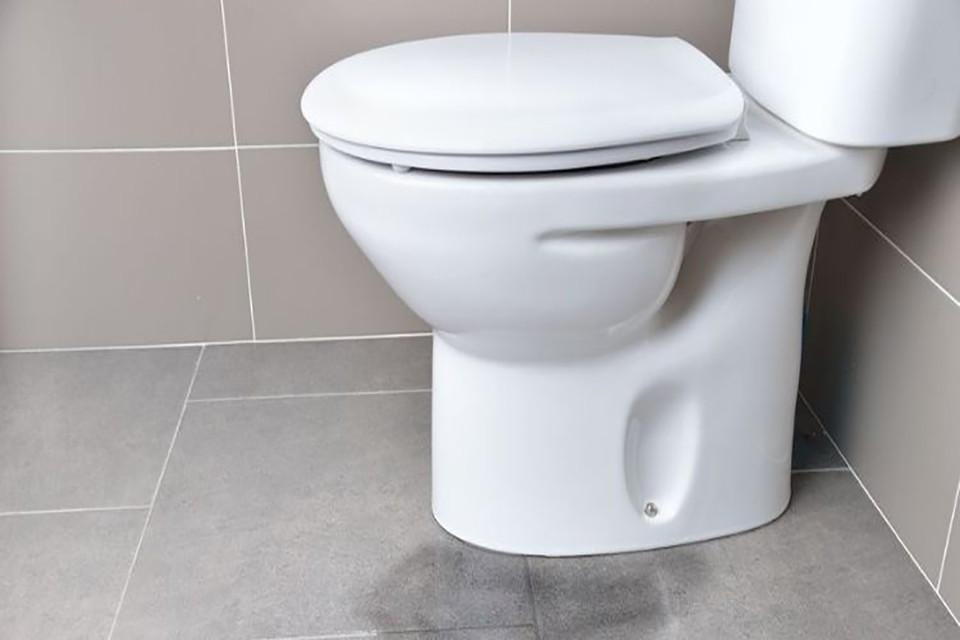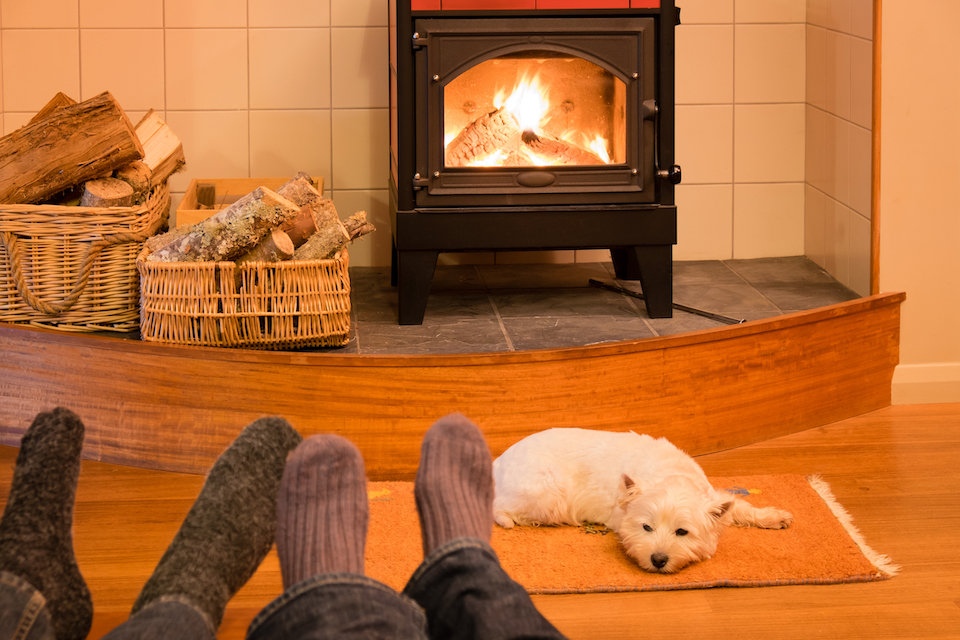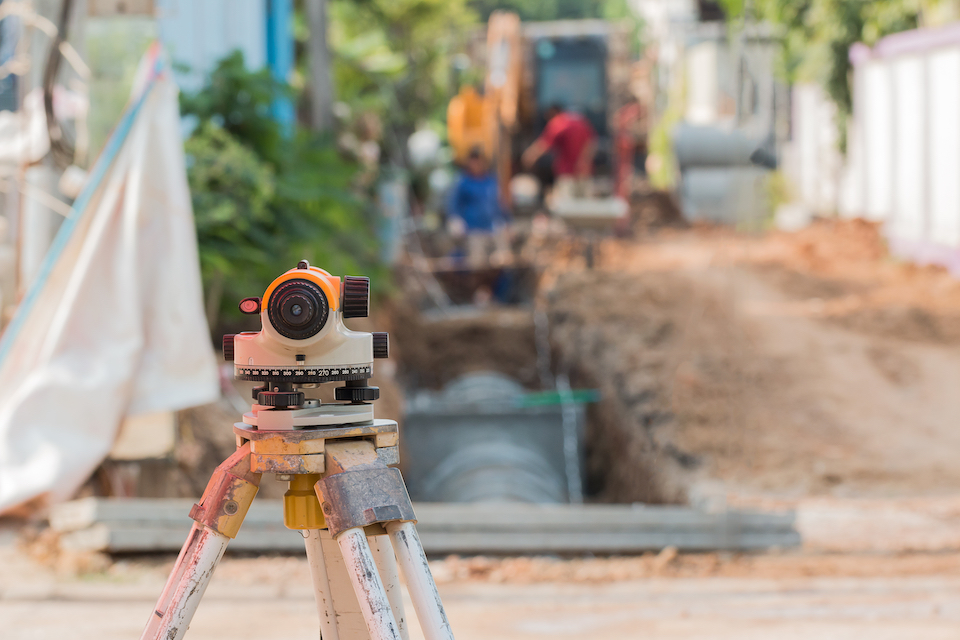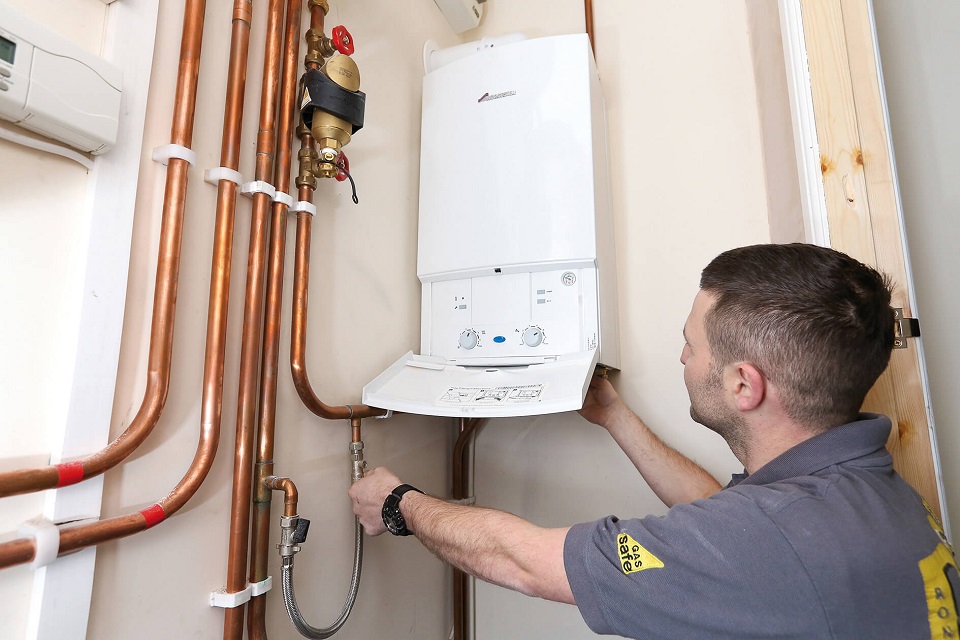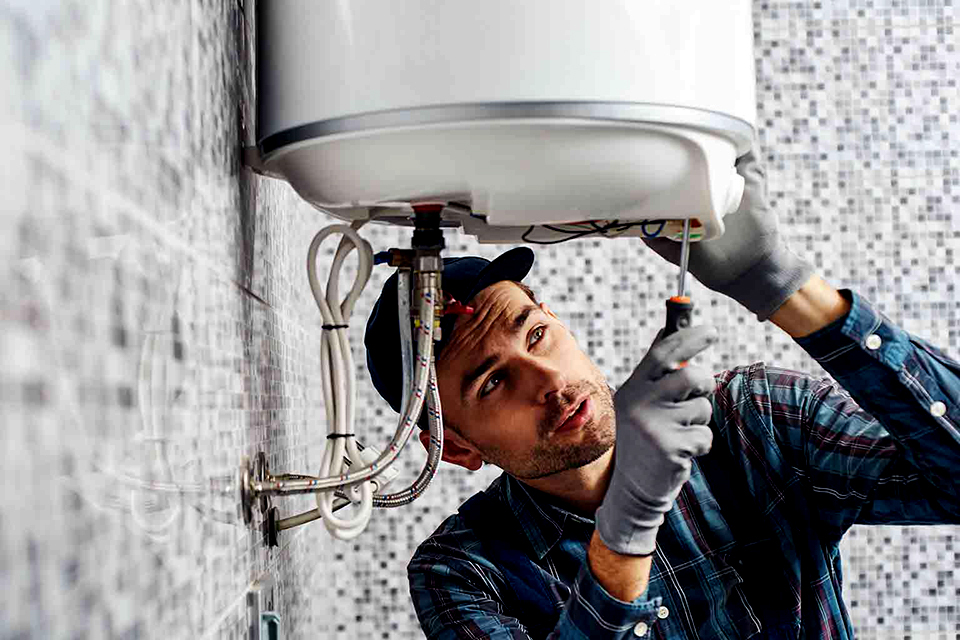Why Do I Need to Replace a Toilet?
If your toilet is faulty, then you will need to replace it with a new one. You may also want to replace your toilet if you are looking to upgrade your current one to a new model or if you are looking to match your toilet to your new bathroom décor.
How to Replace a Toilet Yourself
Below is a step-by-step guide on how to replace a toilet:
Step 1
Start by turning the water to your toilet off at the supply valve. This is usually located at the back of the toilet. Turn the supply valve all the way until it won't turn any more. This will ensure that your toilet is cut off from the water supply.
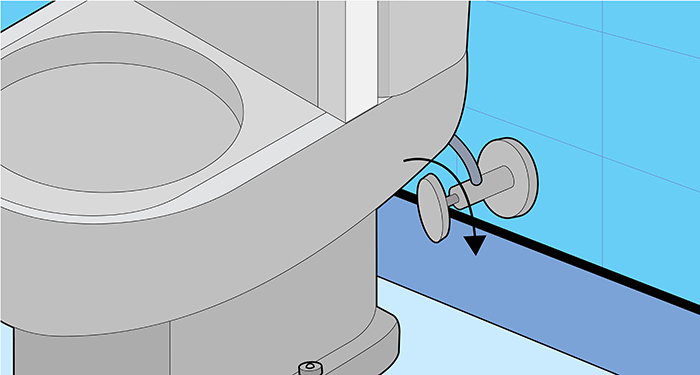
Step 2
Next, flush the toilet to empty the tank. As your water is turned off, this shouldn't then refill.
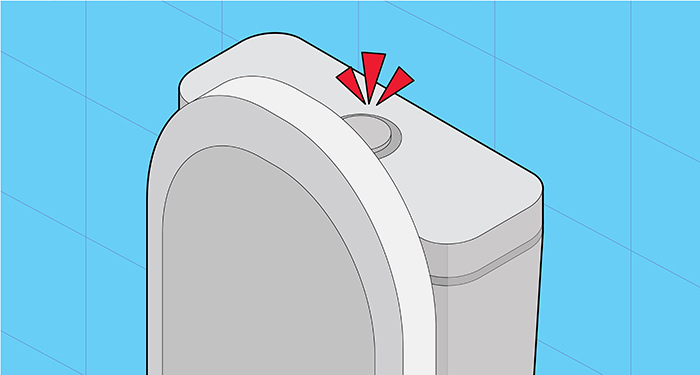
Step 3
Once you've done this, remove any leftover water in the bowl or cistern using an old sponge or rags.
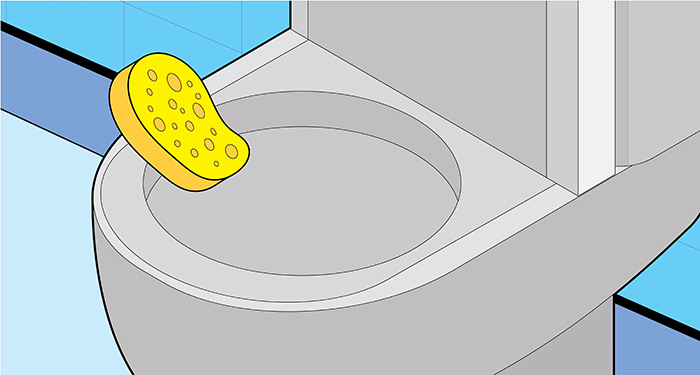
Step 4
Once the toilet is completely dry, remove the cistern bolts from underneath the tank and disconnect the water supply line. These should be removed by hand, but you may need to use a wrench for stubborn bolts.
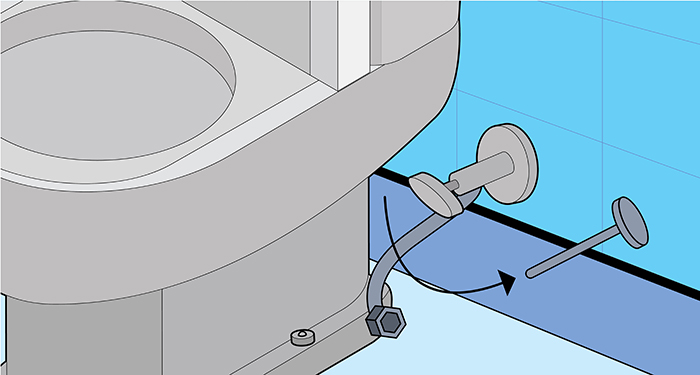
Step 5
Next, you'll want to straddle the bowl and lift the tank up off the bowl. Be sure you lift with your legs so it's safe, as the cistern can be quite heavy.
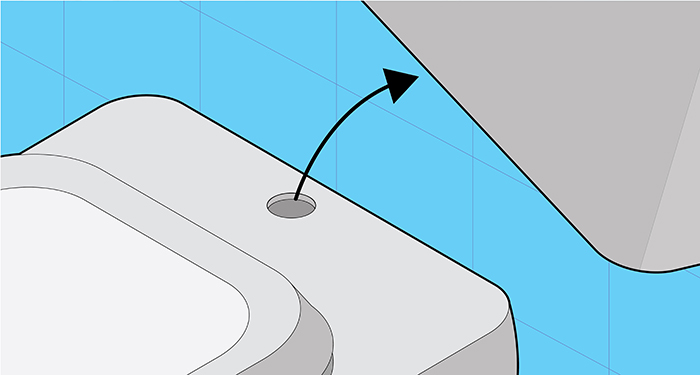
Step 6
Next, remove the decorative caps at the bottom of the bowl to reveal the floor bolts. Use an adjustable wrench to remove these bolts.
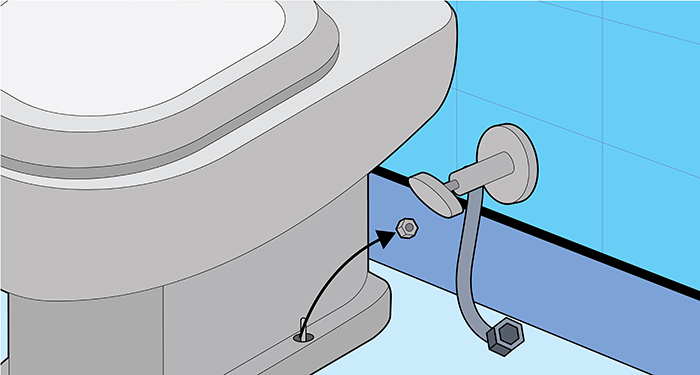
Step 7
Once the bolts are off, rock the bowl back and forth until the wax seal underneath is broken and then lift the bowl away from the floor.
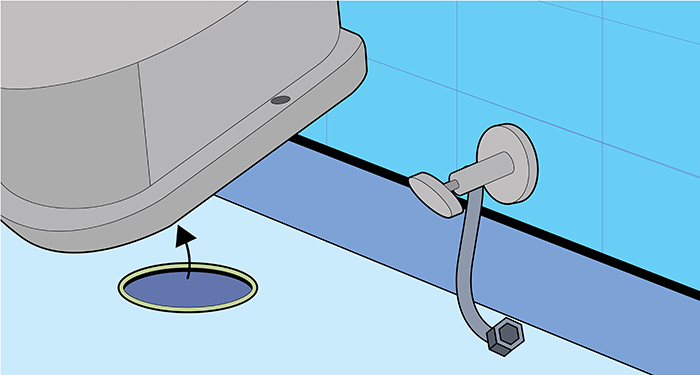
Step 8
Scrape away any remaining wax from the floor with a small scraper.
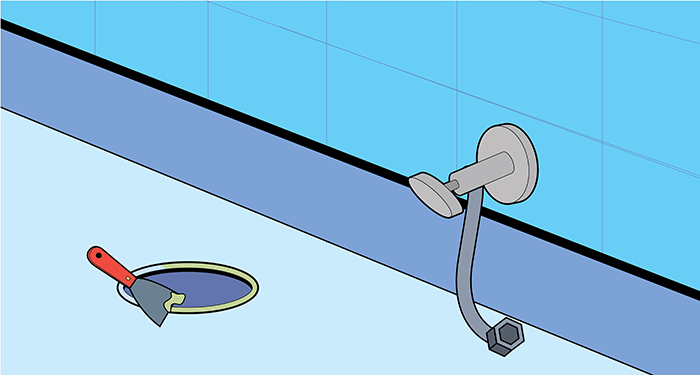
Step 9
Fit a new wax ring around the hole on your new toilet base if there is not one fitted already.
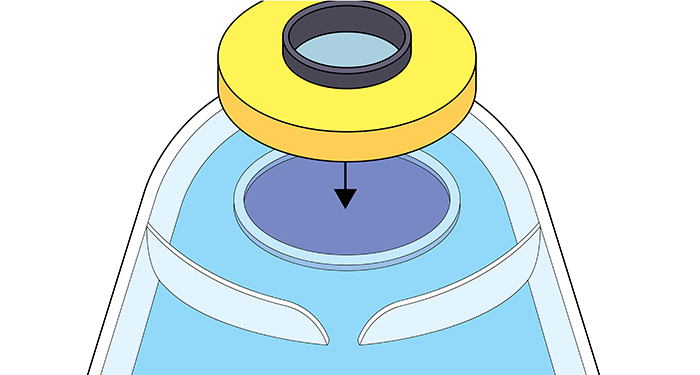
Step 10
Once our new toilet is ready, lift the bowl up and line it up with the floor anchor bolts. Once the anchor bolts are properly fed through the holes on the toilet, rock the bowl back and forth to seal the wax ring and then hand-tighten the nuts.
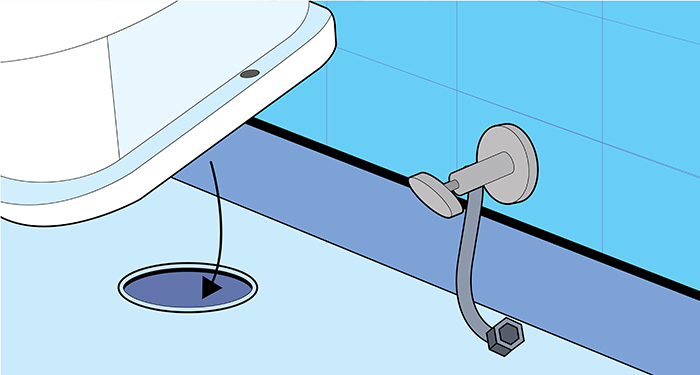
Check that the bowl is level before tightening up the nuts with your wrench. Do this by gradually alternating from one bolt to the other. Make sure you don't over-tighten them and crack your new bowl.
Step 11
Cover these bolts with the caps that are supplied with your toilet.
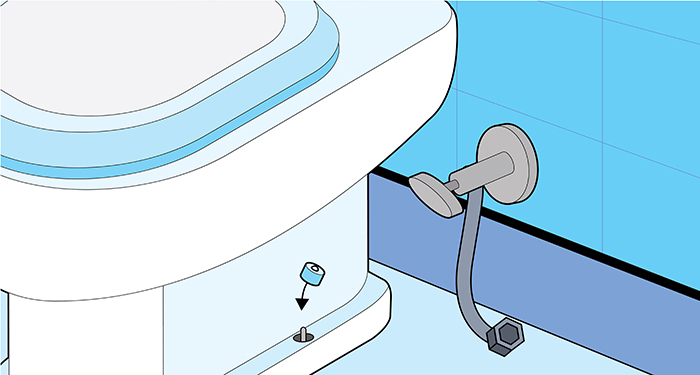
Step 12
Now you can place your cistern on top of the bowl. Guide the tank in using the holes on your toilet, and then tighten the bolts underneath the tank with your wrench. Again, be careful not to over-tighten them.
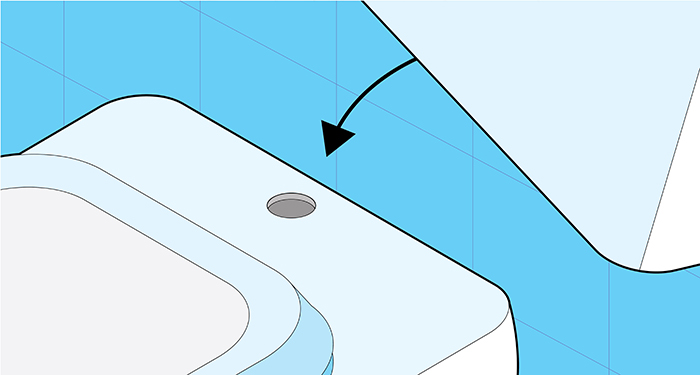
Step 13
Reconnect the water supply to the underneath of the cistern.
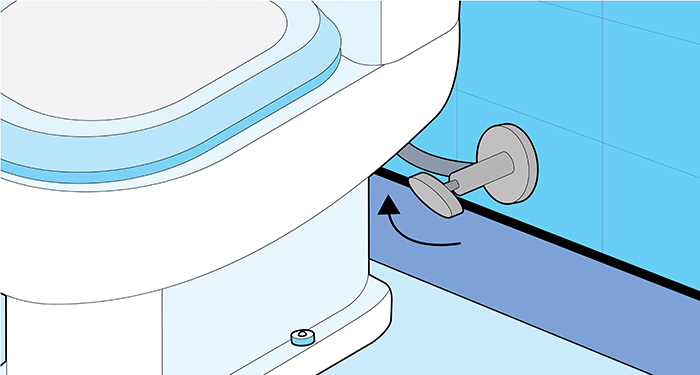
Step 14
Apply silicone sealant around the base of the toilet.
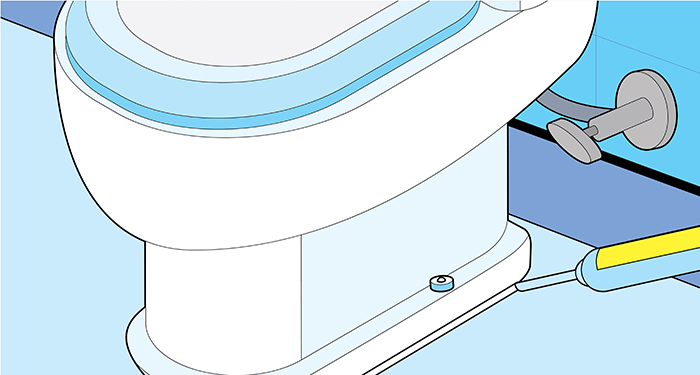
Step 15
Once this is completed, you can turn your water supply back on round the back of the toilet, and it should be ready to use.
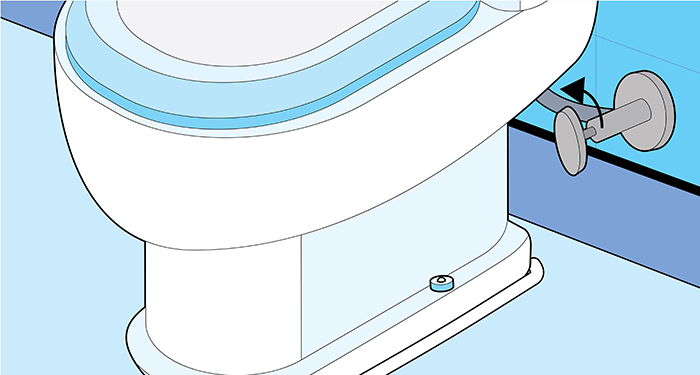
Tools to Replace a Toilet
- Old sponge or rags
- Adjustable wrench
- Small scraper
Safety Equipment to Replace a Toilet
It is recommended that you wear gloves when replacing your toilet to avoid getting any germs or bacteria on your hands.
Materials to Replace a Toilet
- New toilet
- Nuts and bolts (usually supplied with new toilet)
- Bolt caps (usually supplied with new toilet)
- Silicone sealant
How to Prepare for Toilet Replacement
To prepare for replacing your toilet, you want to begin by measuring your old toilet. This way, you can be sure that you're buying a new toilet that is going to fit in that same spot.
Before removing your old toilet, ensure that you have your new toilet ready to install right away.
Toilet Installation Regulations
When replacing your toilet, it is important to be aware of the regulations in place for toilet installations.
Under Part H building regulations, a toilet replacement must have adequate drainage in place for safety and hygiene reasons.
This includes making sure waste pipes and drainage run downwards from the toilet to the outlet.
Types of Toilets
There are several different types of toilet. The best toilet for you will depend on your personal preferences and the space where it will be installed. Below is a list of the different types of toilet you can get:
Close Coupled Toilet
A close coupled toilet is the most popular type of toilet in the UK. This is one where the cistern is attached directly to the bowl and is the example we have used in our step-by-step toilet replacement guide.
These toilets are available in a range of modern and traditional designs, so you can easily find one that suits your bathroom's aesthetic.
Corner Toilet
A corner toilet is one that is shaped perfectly to fit in a corner. This type of toilet is typically smaller than other types, making it great for fitting into small spaces.
Wall Hung Toilet
These are a more modern type of toilet where the cistern is hidden in the wall, and the toilet sits on the wall without any visible fittings or pipework.
These are also great for small spaces and also makes cleaning much easier.
Low-Level Toilet
A low-level toilet has a traditional look to it. This is where the cistern is fitted at a low level to the wall and is connected to the bowl via a pipe. These types of toilet look great in period homes.
High-Level Toilet
A high-level toilet is basically the same as a low-level toilet, except the cistern is located high up on the wall, and the flush pipe is much longer.
This is a very traditional type of toilet that would also look great in a period home.
FAQs
Q: Which is the best toilet seat?
A: The best toilet seat for you will depend on your personal preference. You want to find a toilet seat that fits your toilet well and matches your bathroom décor.
Q: Which toilet is best for a small bathroom?
A: If you are low on space for a toilet, the best toilet option would be a corner toilet or a wall hung toilet.
A corner toilet sits neatly in a corner, and a wall hung toilet doesn't have a visible toilet cistern as it's built into the wall, so it saves a lot of space in the room.
Q: How do I assemble the components of the toilet?
A: The components of the toilet, which are located within the cistern, will already be assembled and ready for use once your new toilet has been fitted.
Q: How much does it cost to hire a professional to replace a toilet?
A: The average cost to hire a professional to replace your toilet in the UK is around £100-£300.
Those based in the London area can expect to pay more for the labour than those based in the North or other parts of the UK.
Q: How long does it take to replace a toilet?
A: Providing there is no additional pipework needed, removing an old toilet and fitting a toilet is a simple job that should take around 2-3 hours to complete.

